The Deep Roots of Reverb in Reggae & Dub
History, What Was Used In Dub & Reggae & FX Chains You Can Use
Reverb - Convolution, Spring, EMT? What’s the difference, and what reverbs have had the most significant impact on and in reggae since its inception?
What is it about reverb, a tool and technique for creating depth and space, that has remained at the core of music production and recording since its inception and entrance into mainstream music? It’s that special shimmer or darkness that it can bring, creating an ethereal or surreal emotion that defies our natural senses. It defies time and space and allows the listener to be inside the music. Put on headphones, and you’ll be transported to another dimension.
My go-tos over the years.
UAD EMT 140 Plate Reverb Plugin
AudioThing Springs Plugin
BOSS Digital Reverb Pedal
Traynor 70s Spring Reverb
Benidub Reverb with various reverb tanks
Reverb isn't just an effect in reggae and dub—it's a spiritual tool, a space-maker, and an echo chamber for the soul. From the early days of Jamaican studios to modern DAWs, the evolution of reverb has powerfully shaped the sound of ska, rocksteady, roots reggae, and dub.
This article explores:
A short history of reverb in reggae
The most important types of reverb
Key reverb hardware by era
Top plugin picks (free & paid)
Custom FX chains for REAPER, Ableton, and Logic Pro
A Brief History of Reverb
Reverb (short for reverberation) is the natural effect of sound bouncing off surfaces before reaching our ears. In music, it was first intentionally created in the 1930s. Early engineers at EMI's Abbey Road Studios and Bell Labs discovered that placing speakers and microphones inside echo chambers—specially built reflective rooms—could add a rich, natural echo to recordings. One of the first major uses of artificial reverb in music was in 1947 when Bill Putnam Sr. used a bathroom at the Chicago Universal Recording studio to add echo to The Harmonicats' hit “Peg o’ My Heart.” In the 1950s, new mechanical devices like spring reverbs (used in guitar amps) and plate reverbs (like the EMT 140 introduced in 1957) allowed studios to add lush reverberation without needing special rooms.
A Short History of Reverb in Reggae
1960s: Ska & Rocksteady Reverb was minimal. Most was natural room reverb or spring tanks from amps (like Fender or Traynor). Studios like Studio One and Treasure Isle captured a live feel more than a processed one.
1970s: Roots Reggae & Dub Era Engineers like King Tubby and Lee 'Scratch' Perry turned spring reverb into an instrument. Massive washes of spring-soaked snare hits, dubby guitar skanks, and spacious vocal echoes defined this period.
1980s: Digital Expansion & Dancehall Digital units like the Lexicon 224 and Alesis Midiverb appeared. The lush, controllable tails became perfect for cleaner productions and tighter vocals.
1990s–2000s: Hybrid Era Producers like Mad Professor blended old-school spring hardware with digital units. Convolution reverb began to emerge, capturing and replicating the sound of authentic gear.
Today, the best of both worlds: vintage spring IRs, analog-style plugins, and creative automation inside the DAW.
Key Reverb Types in Reggae
1. Spring Reverb
Metallic, splashy
Signature dub sound (especially on snares & FX)
2. Plate Reverb
Smooth, dense
Lush on vocals, snares, and instrument groups
3. Convolution Reverb
Uses impulse responses (IRs)
Can replicate real-world rooms or vintage gear
4. Digital Algorithmic Reverb
Flexible, modern
Clean lush tails, modulated spaces
(Note: Below is the information available, take it with a grain of salt as it’s not easy to gather exact examples of gear used back then in some instances- if you have definitive examples, please share in the comments section)
Fisher Space Expander
A tube-driven spring reverb unit from the 1950s, renowned for its warm, organic reverb. King Tubby frequently used it to craft his signature dub sound.
(Updated April 17 2025) Thanks to Jim The Boss for some updated info. Apparently Tubby used extensively was Fairchild spring reverb and not the Fisher Space Expander. Also recently in my research on The Mellotones, some overlap with Federal Recordings. In 1968, they acquired an EMT plate and it was used on a lot of rocksteady recordings there. I believe the first use was a Lloyd Matador recording.
Below - Fisher Space Expander
Example: Lee “Scratch” Perry - Blackboard Jungle Dub
Grampian Type 636
A British-made spring reverb unit known for its distinctive, slightly gritty reverb character. Lee "Scratch" Perry employed it extensively at his Black Ark studio.
Example: Scientist - The Voodoo Curse
EMT 140 Plate Reverb
One of the first plate reverbs, offering a smooth and dense reverb. It became a studio staple in the late 1960s and 1970s, and it was used in larger studios for its lush sound.
Example: King Tubby - Dub You Can Feel
Lexicon 224 Digital Reverb
An iconic digital reverb unit from the late 1970s, celebrated for its versatile and high-quality reverb algorithms. It became a favorite in the 1980s, especially in dancehall productions.
Example: Massive Attack - Safe From Heaven
Alesis Midiverb II
A budget-friendly digital effects processor from the late 1980s, offering a variety of reverb presets. Its distinctive character made it popular among producers seeking affordable digital reverb solutions.
Example: Zion Train. - Love Revolutionary
Benidub Spring Amp II
A modern spring reverb amplifier designed for dub and reggae enthusiasts, providing authentic spring reverb tones with contemporary reliability.
Example: Sly & Robbie meet Dubmatix - Great Wall
Top Reverb Plugins for Reggae & Dub
Paid Picks
AudioThing Springs – https://www.audiothing.net/effects/springs/
Valhalla VintageVerb – https://valhalladsp.com/shop/reverb/valhalla-vintage-verb/
Softube Spring Reverb – https://www.softube.com/spring-reverb
UAD EMT 140 / Lexicon 224 – https://www.uaudio.com/products/emt-140
Altiverb 8 – https://www.audioease.com/altiverb/
PSP SpringBox – https://www.pspaudioware.com/products/psp-springbox
Soundtoys SuperPlate – https://www.soundtoys.com/product/superplate/
Free Gems
OldSkoolVerb – https://www.voxengo.com/product/oldskoolverb/
OrilRiver – https://www.kvraudio.com/product/orilriver-by-denis-tihanov
Dragonfly Reverb Bundle – https://michaelwillis.github.io/dragonfly-reverb/
Valhalla SuperMassive – https://valhalladsp.com/shop/reverb/valhalla-supermassive/
TAL Reverb 4 – https://tal-software.com/products/tal-reverb-4
Custom FX Chains for Dub Reverb (DAW Specific)
🔧 REAPER Dub Reverb Chain
Track FX:
ReaEQ: High-pass at 150Hz
ReaComp: Light compression
ReaVerb: Load spring IR (Signaltonoize or OpenAIR)
ReaDelay: Feedback delay into verb
JS: Spectral hold or Dub siren if desired
Routing:
Use sends to the FX bus
Automate mute/fade-in to "play" reverb bursts
🔧 Ableton Live Dub Reverb Rack
Audio Effect Rack:
Chain 1: EQ Eight (high-pass), then AudioThing Springs
Chain 2: Valhalla VintageVerb on a Return track
Chain 3: Ping Pong Delay before reverb
Macros:
Macro 1: Dry/Wet Spring
Macro 2: Reverb Size/Decay
Macro 3: Dub Filter (Auto Filter)
Tips:
Use "Beat Repeat" or Dummy Clips to trigger FX bursts
🔧 Logic Pro Dub Reverb Chain
Bus Setup:
Bus Send to Aux
On Aux: Channel EQ > Space Designer (IR Spring/Plate) > Tape Delay
Space Designer Settings:
Load IRs from Grampian or EMT
Adjust Pre-delay and decay to match tempo
Automation:
Automate bus volume or bypass
Use region-based FX throws on snares and skanks
Final Thoughts
The magic of reggae and dub lies in its use of space—and reverb is the primary tool to create that hypnotic, meditative zone. Whether you're emulating King Tubby’s spring tank or using a Lexicon-style tail for vocals, it's not about being clean—it’s about being expressive.

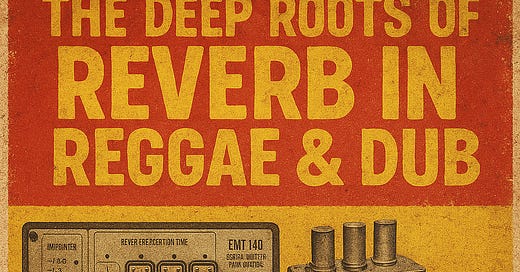



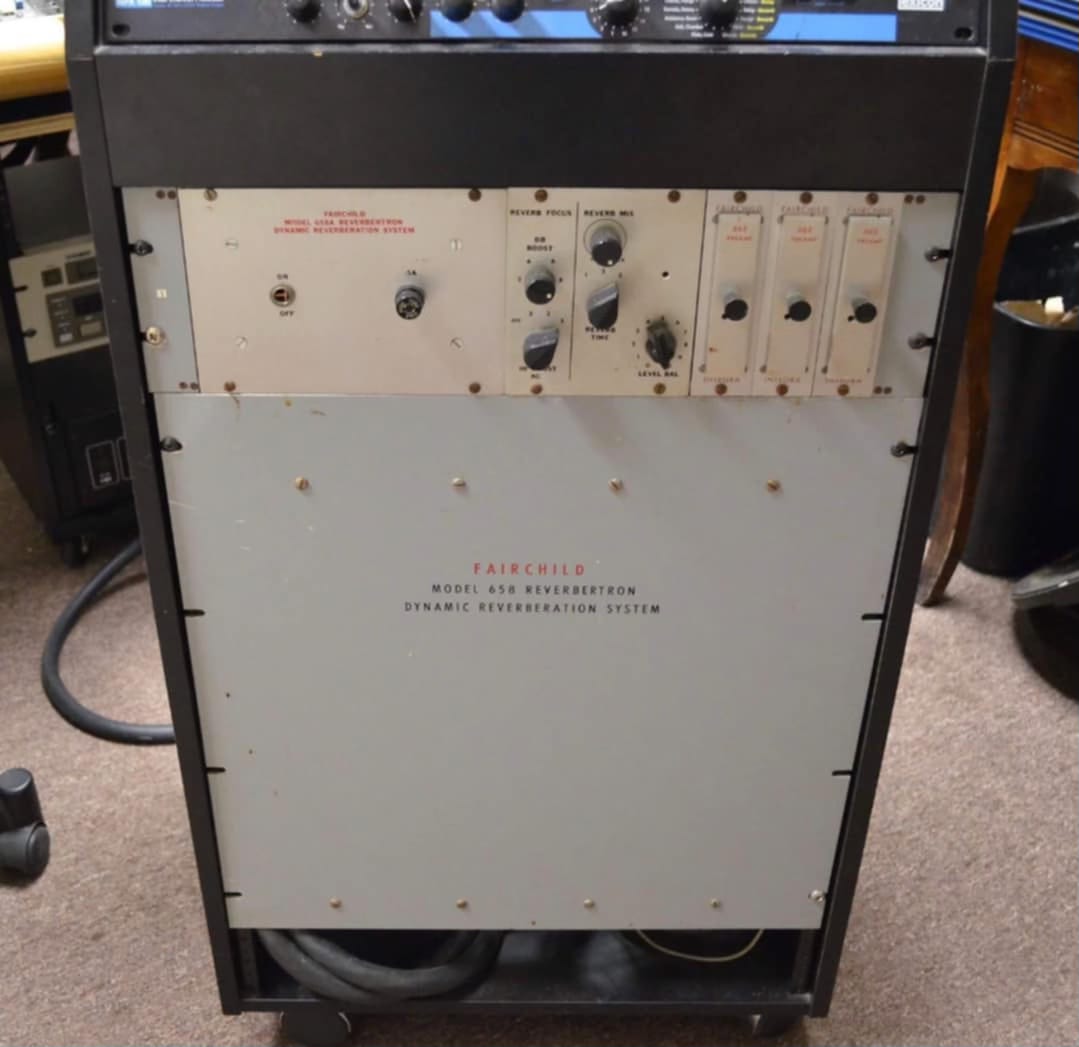

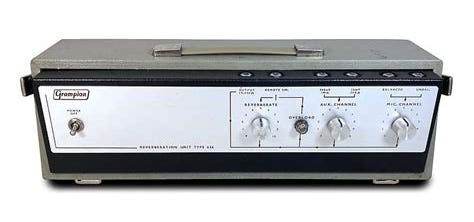

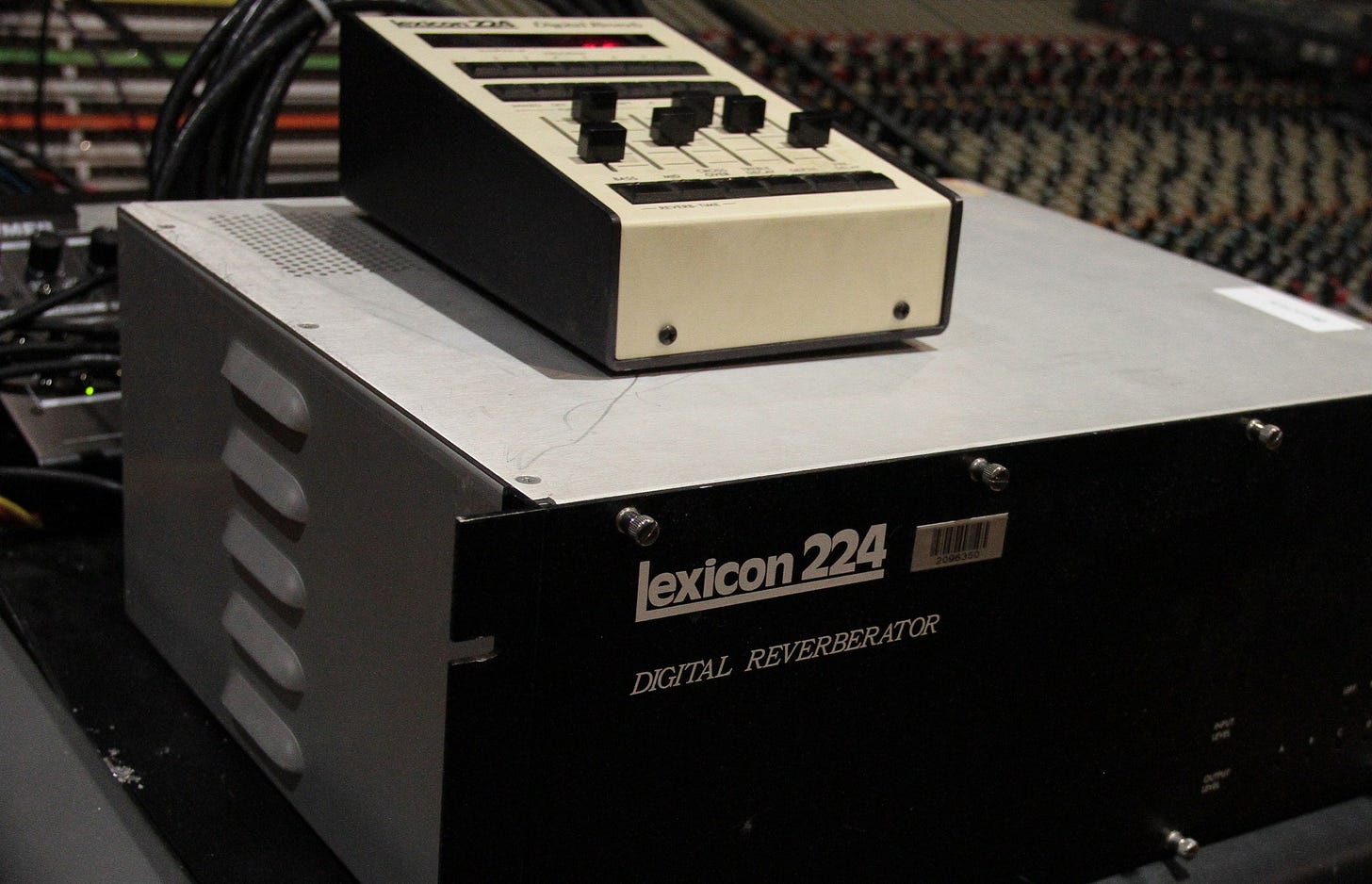

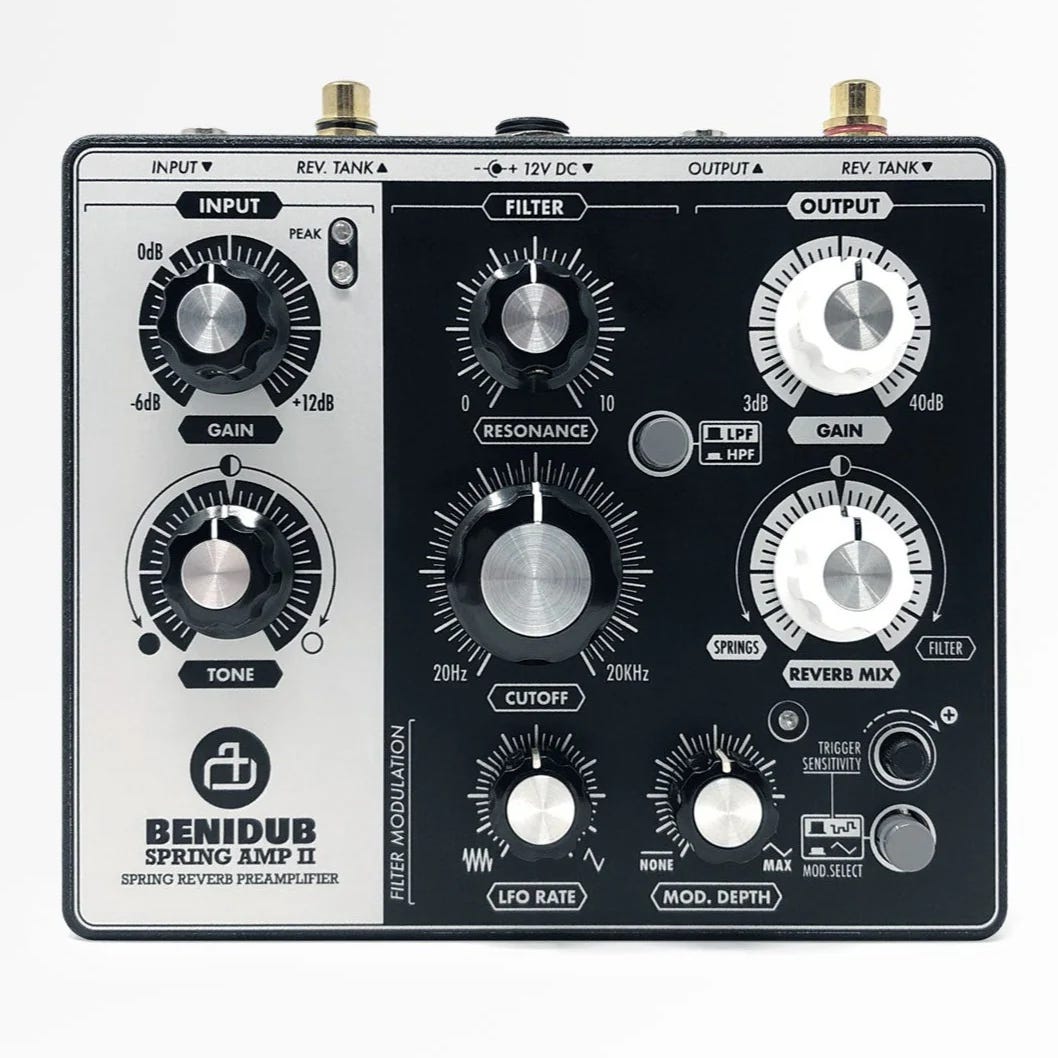
Really appreciate all the care, attention and love you put into these posts. I've loved dub and reggae for nearly 30 years and I'm learning so much from you. 🙏
❤️❤️❤️